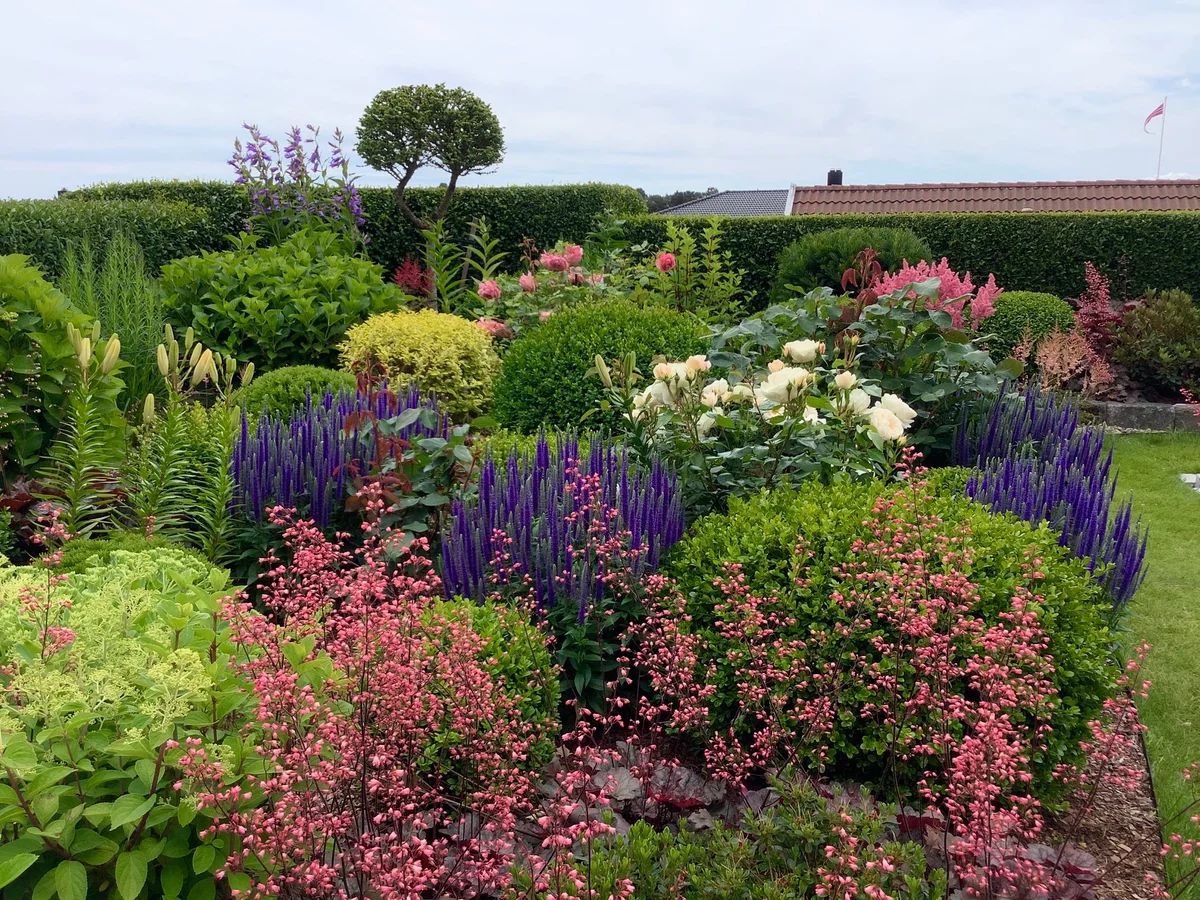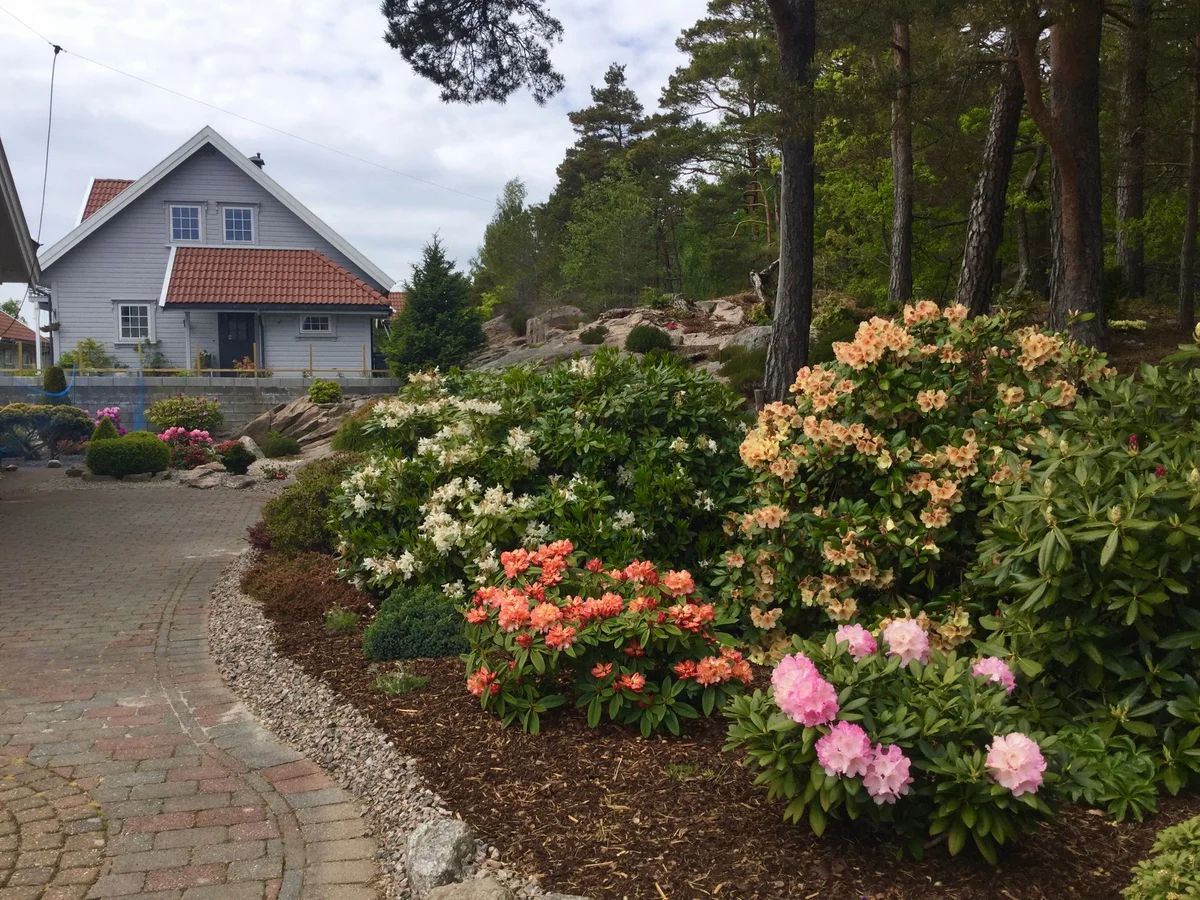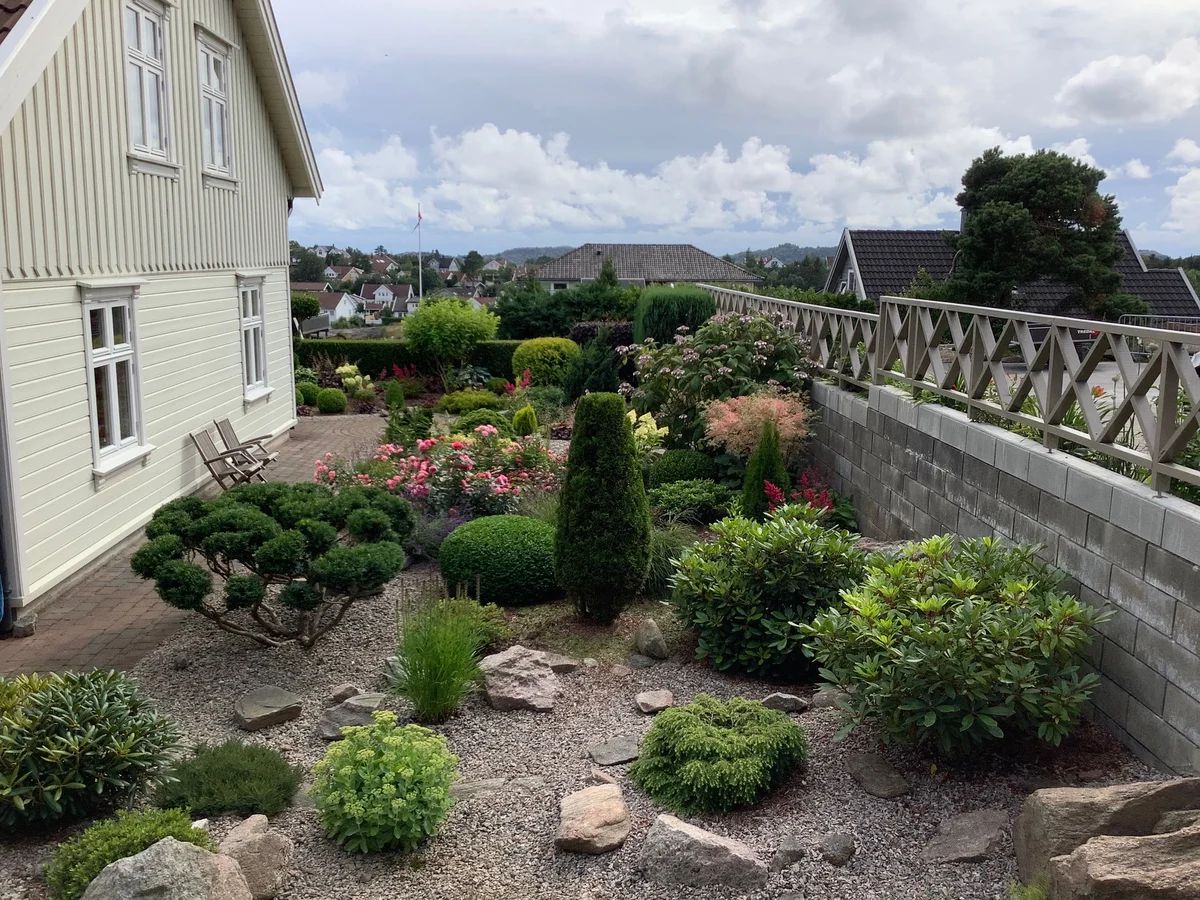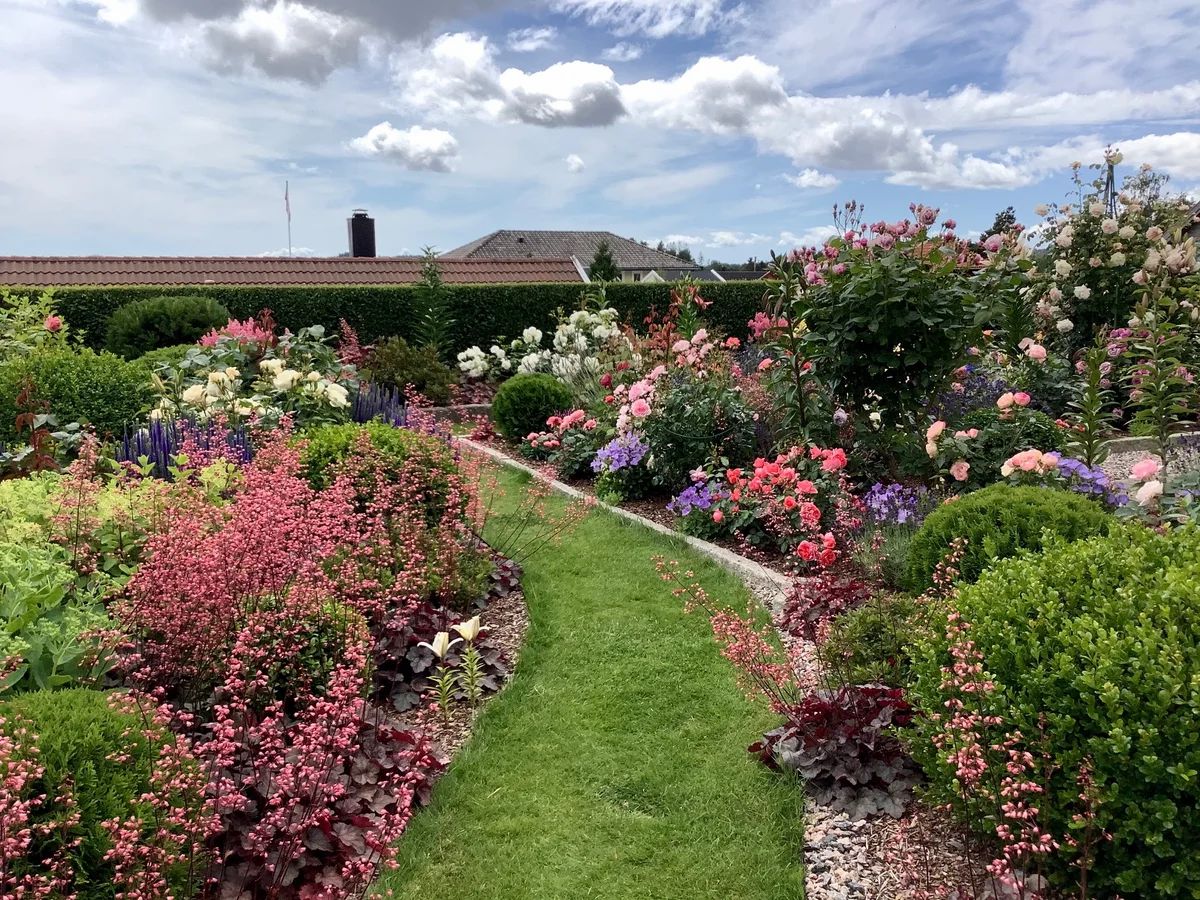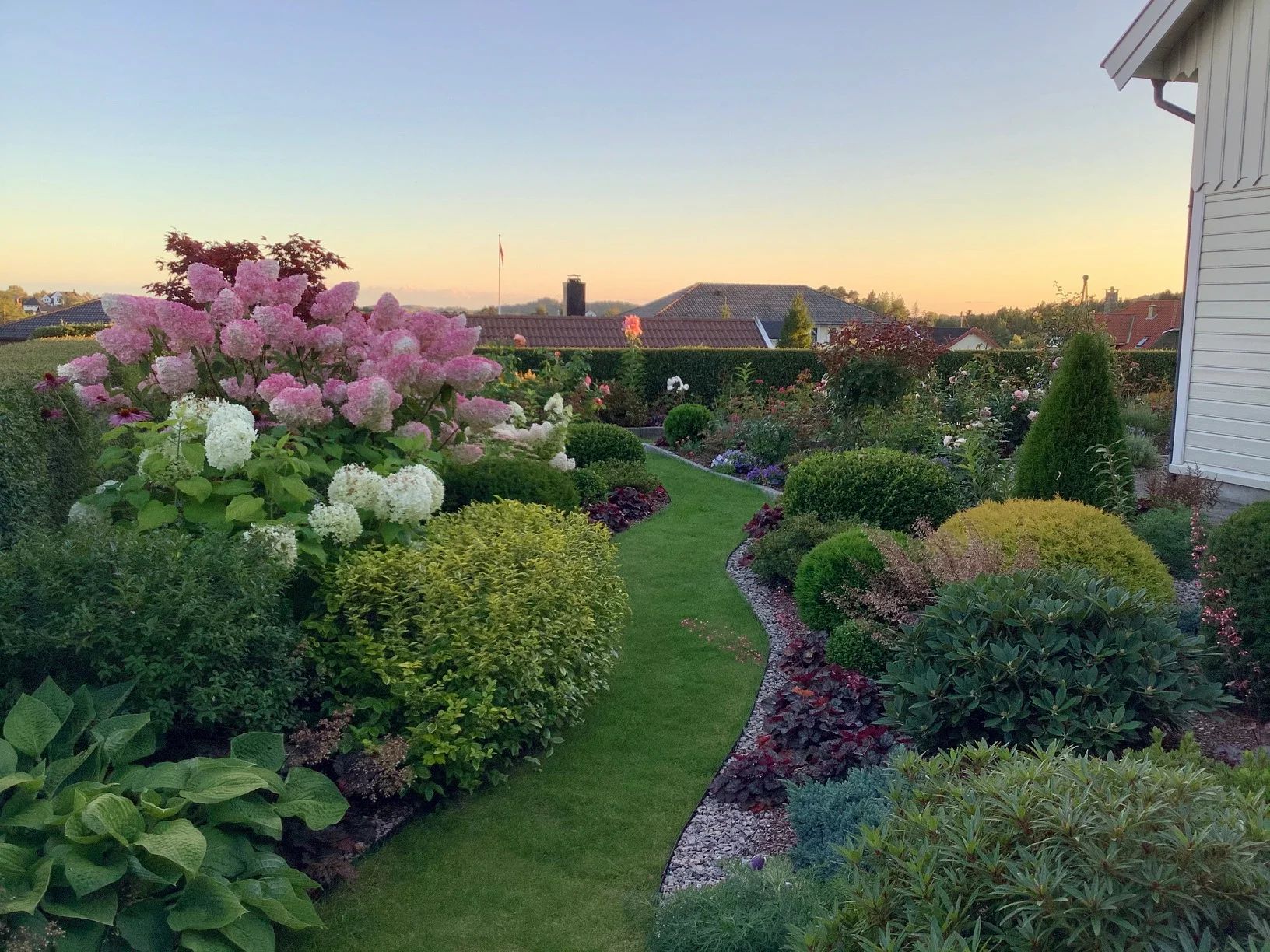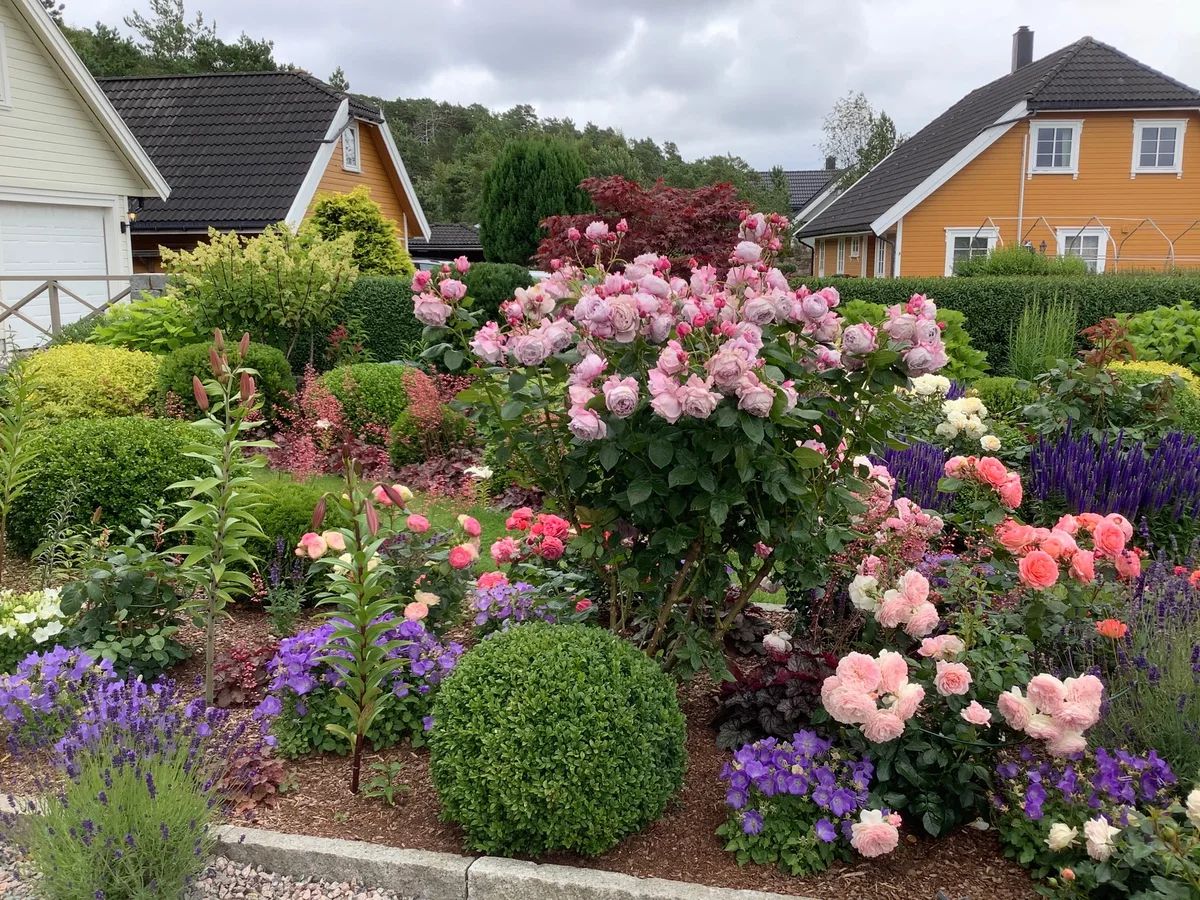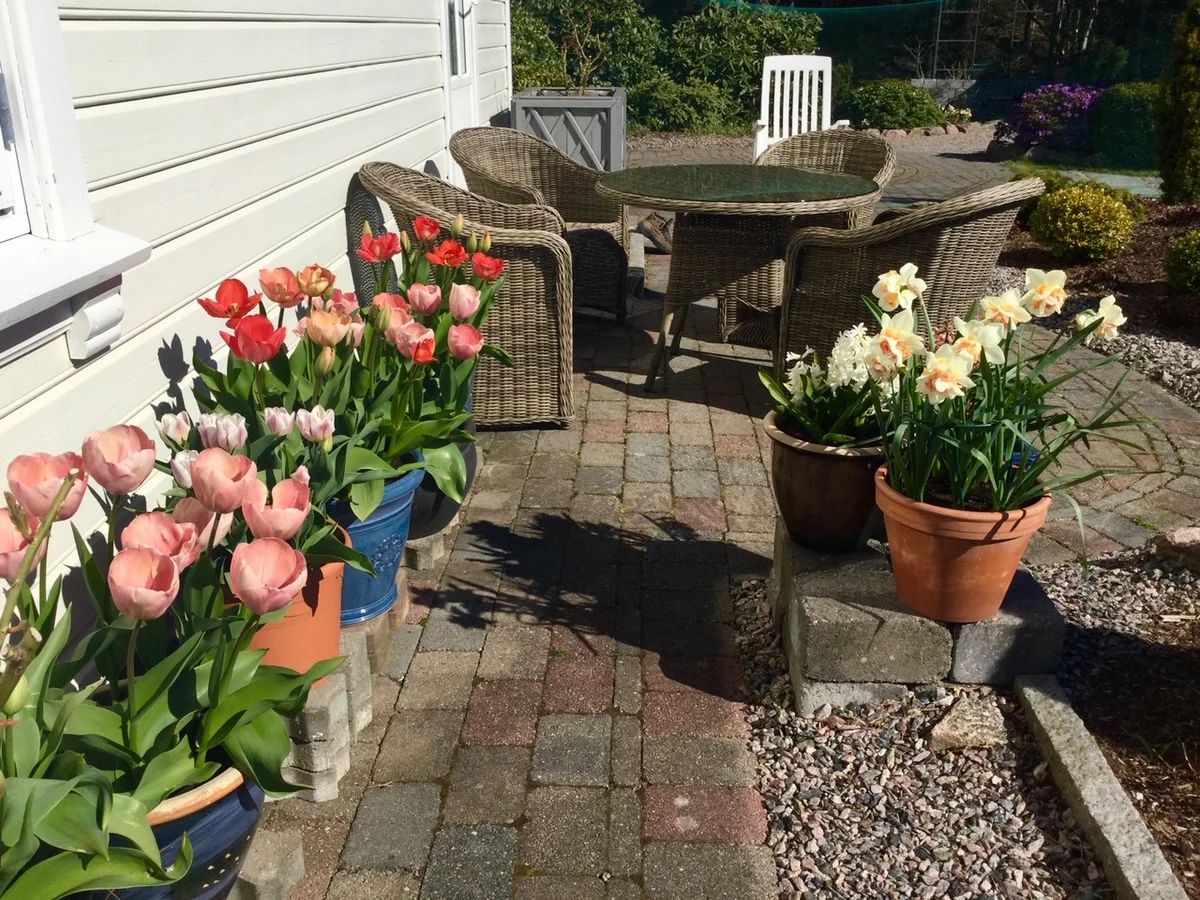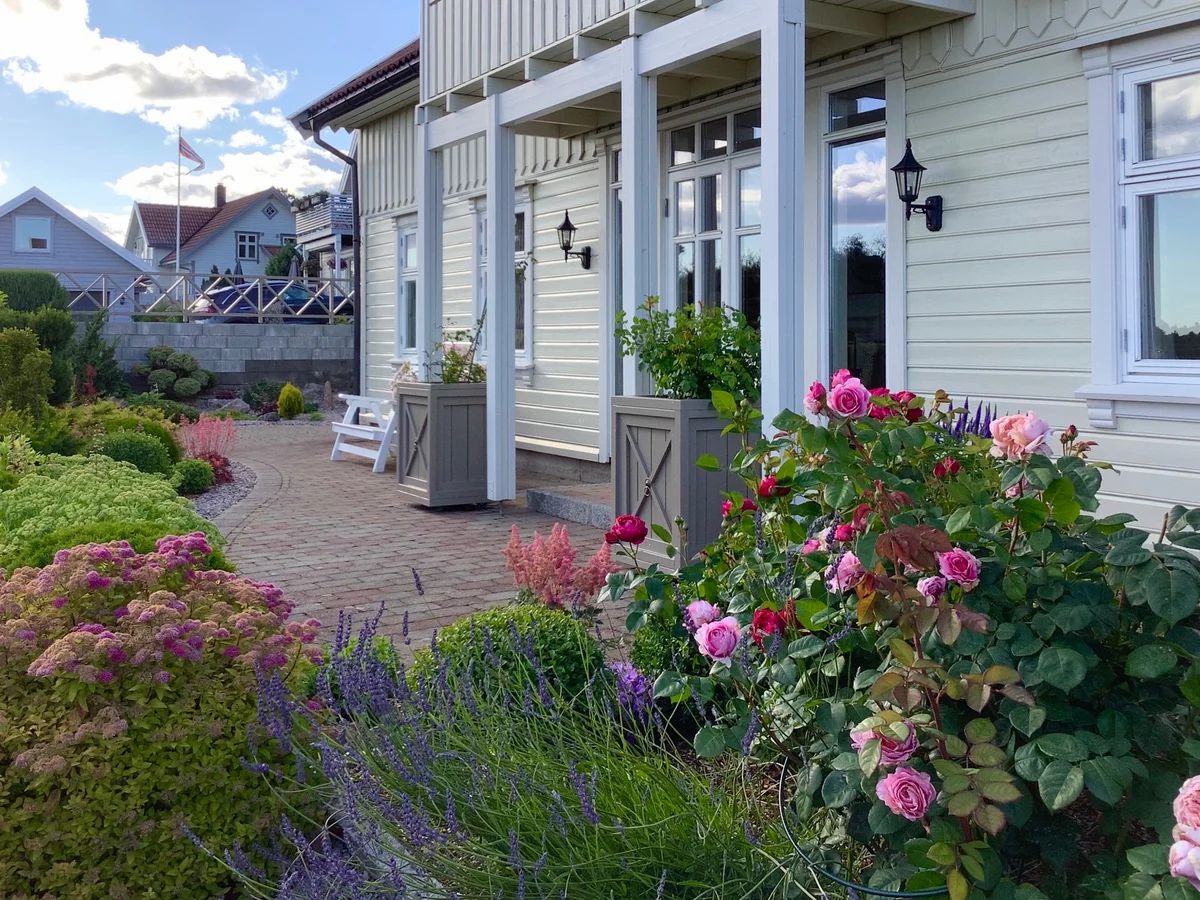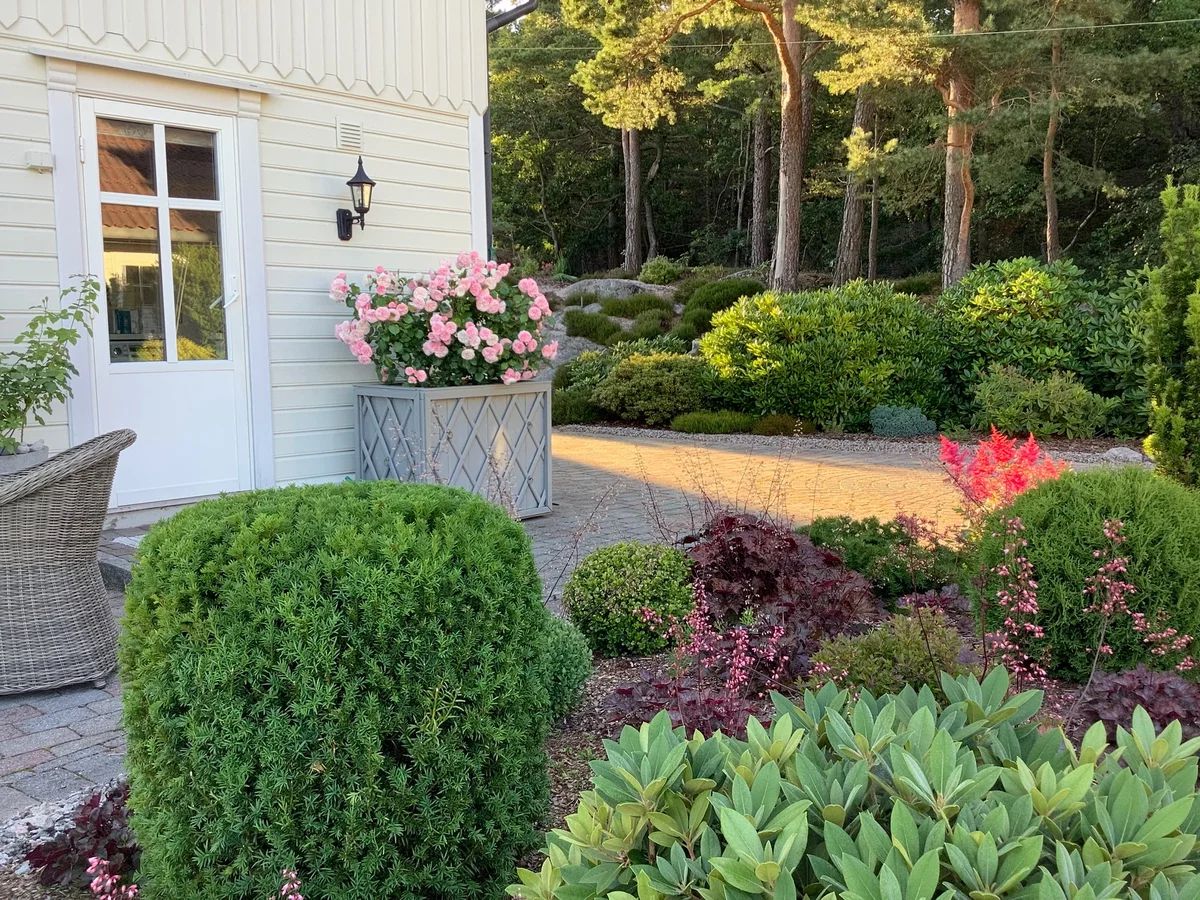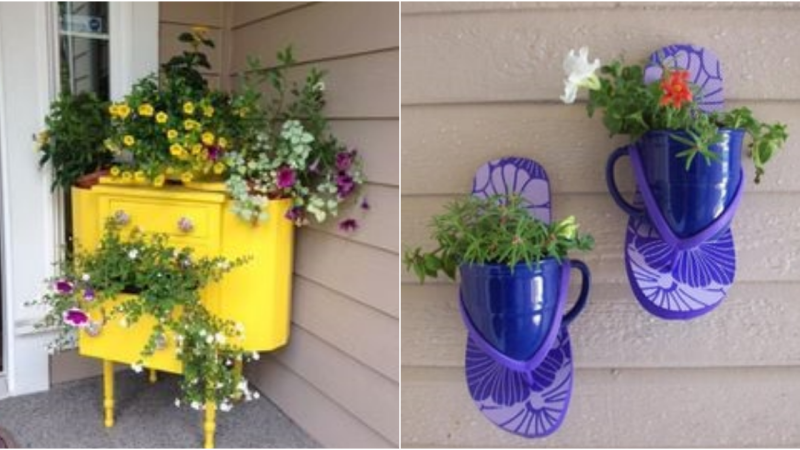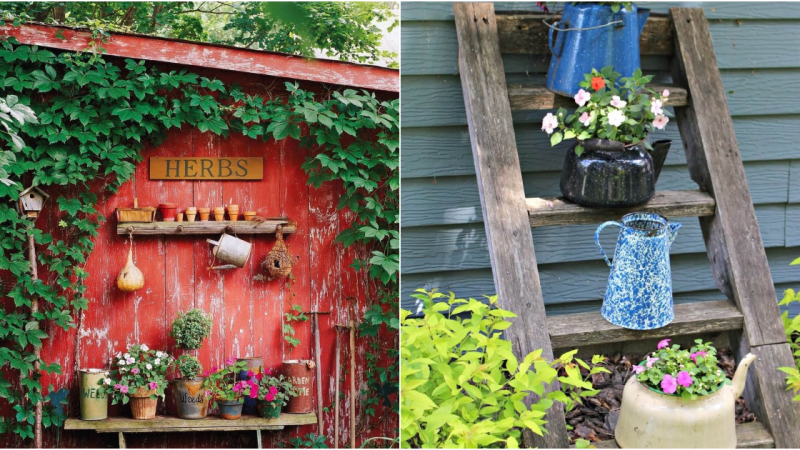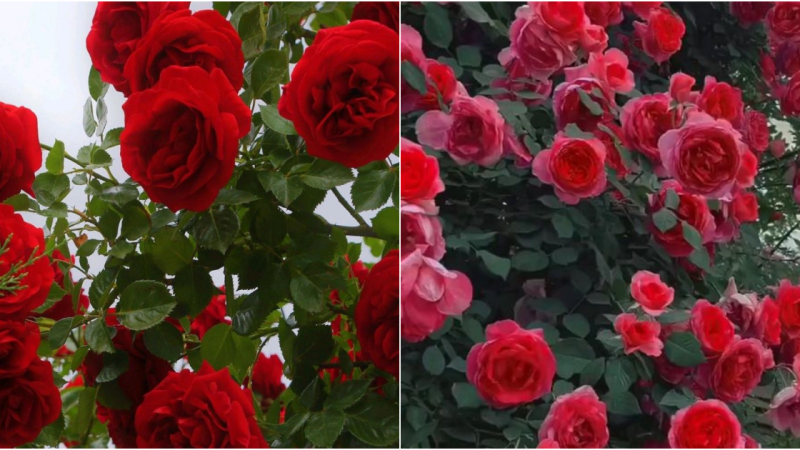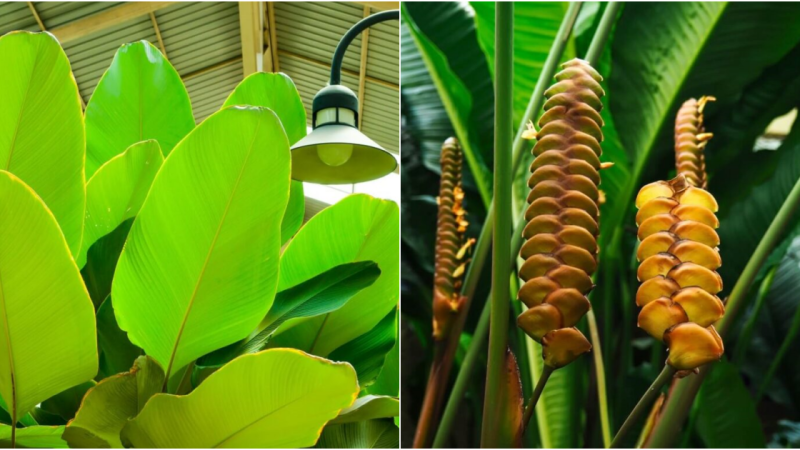The Beautiful Garden of Trolls
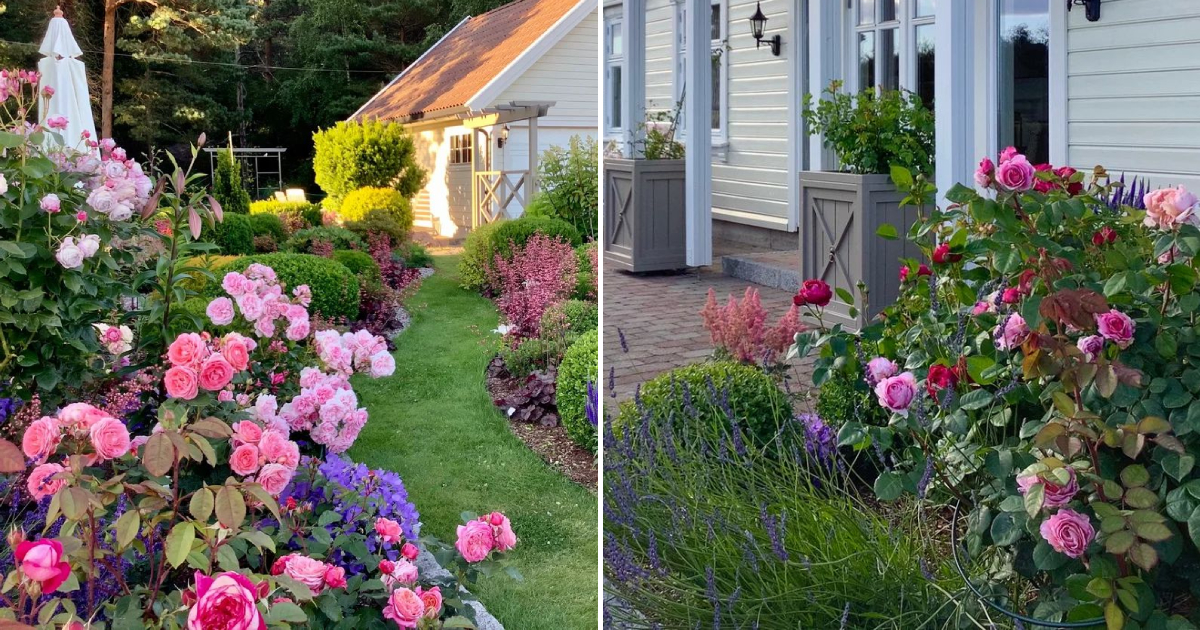
I am delighted to announce that today we have the first garden from Norway in the collection of gardens around the world featured. The creator of this remarkable garden is Lyudmila Slutskaya, and I’ll let her tell her story.
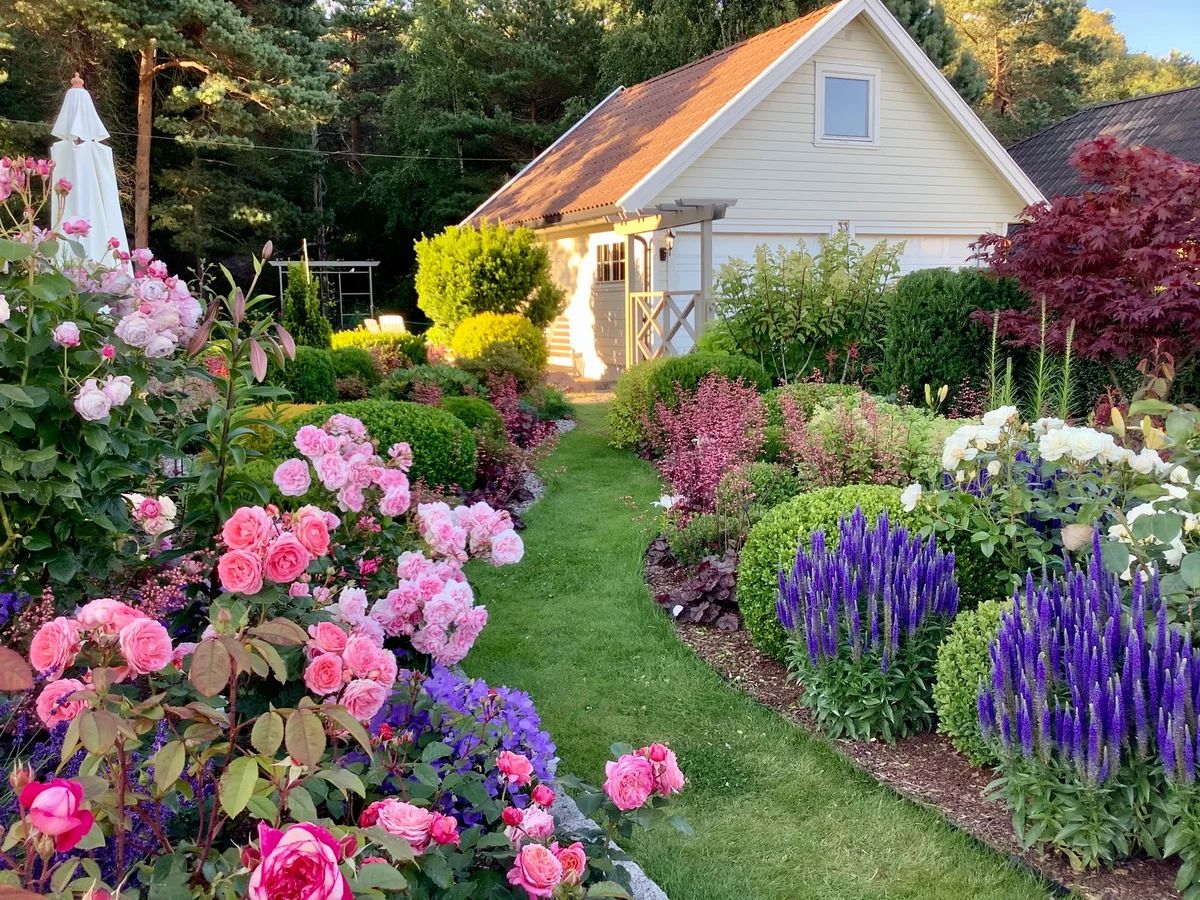
“Our garden is located on the southern coast of Norway. The plot covers an area of 11 acres and includes not only the garden but also a house, a garage, and a pathway. The area is surrounded by the stunning Scandinavian nature, with forests, mountains, seas, and lakes all within walking distance. The climate here is mild, and we don’t experience harsh winters. The minimum temperatures range from 0°C to -15°C. The summer is pleasantly warm, averaging around +18°C to +22°C. It can be humid and windy.
We began working on creating the garden in 2002. Having never been involved in gardening while living in Moscow, I had to start from scratch. I had to learn many new things and couldn’t avoid making mistakes, but we learn from them.
The first task was to clear the surface of the hill on the north side of the house from old, dry heather and small pines. Then we laid down a stone pavement around the house. There was no soil on our plot, only rocks. It seemed that the previous owners had no intention of having a garden, so we had to remove a significant amount of gravel and stone before we could start planting anything. We brought in gardening soil and created a mixture that suited the needs of the plants we wanted to grow.
Since large beautiful pines were already growing on the north side of the hill, we wanted to complement this natural corner in a more rustic style. We planted Japanese pieris, decorative heather, rhododendrons, and azaleas in the cleared crevices of the rocks. Then junipers, yews, and other evergreen plants were added. They now form the foundation of the garden.
I’m particularly fond of Japanese-style gardens, so I wanted to incorporate some elements into our own garden, such as stone, various trimmed shapes, azaleas, pines, maples, gravel pathways, and more. Naturally, we created something unique, but that’s what makes it special.
On the south side of the house, we established a rose garden, avoiding any memories of the rocks that were dug up and removed. We initially planted three rose bushes, and now we have over thirty. The flower beds have been redesigned multiple times, and roses and other perennial plants have been transplanted because the garden dictates its own rules.
The last major project to renovate the garden was in 2019 on the eastern side of the plot. We removed a small lawn and created a winding pathway covered with grass. We planted new Japanese azaleas, hydrangeas, Spiraea, yews, junipers, geums, and many others.
The garden features numerous trimmed evergreen plants in rounded forms that repeat throughout the entire area. This serves as a connecting element between different garden compositions in my opinion. Creating shapes with plants is a fascinating activity.
A living hedge made of birch grows along the southern border of the plot, creating a beautiful green backdrop for other plants. If the winters aren’t too frosty (around -6°C to -8°C), the shrub retains its green foliage until spring arrives. Another living hedge, growing along the road leading to our plot, consists of black-fruited rowan shrubs. These shrubs are regularly pruned as well.
There are also various flower and shrub containers throughout the garden. In autumn, we plant many bulbous plants such as tulips, daffod ils, and hyacinths, which we later replace with gladioli, dahlias, and large-leaved hydrangeas.
Last year, we created two new large wooden containers for roses, which we placed in the front part of the house. I hope that this summer, the roses will showcase their beauty to the fullest.
Container gardening has its advantages, such as consistent decorativeness, mobility around the garden, and the ability to replace plants according to the season. And in the garden, every season is beautiful!
From the early spring with its early flowers, to the vibrant colors of summer, and the bright foliage of Japanese maples, black-fruited rowan, yellowed hostas, and still blooming chrysanthemums in autumn…
Even winter, when everything that was once elusive and unnoticed suddenly takes on extraordinary forms with snowy caps and lace-like branches.
A garden is always beautiful! It’s hard to say what is the most beautiful or the most favorite. It seems to depend on the mood and the season.
I thank Lyudmila Slutskaya for her interesting story.
